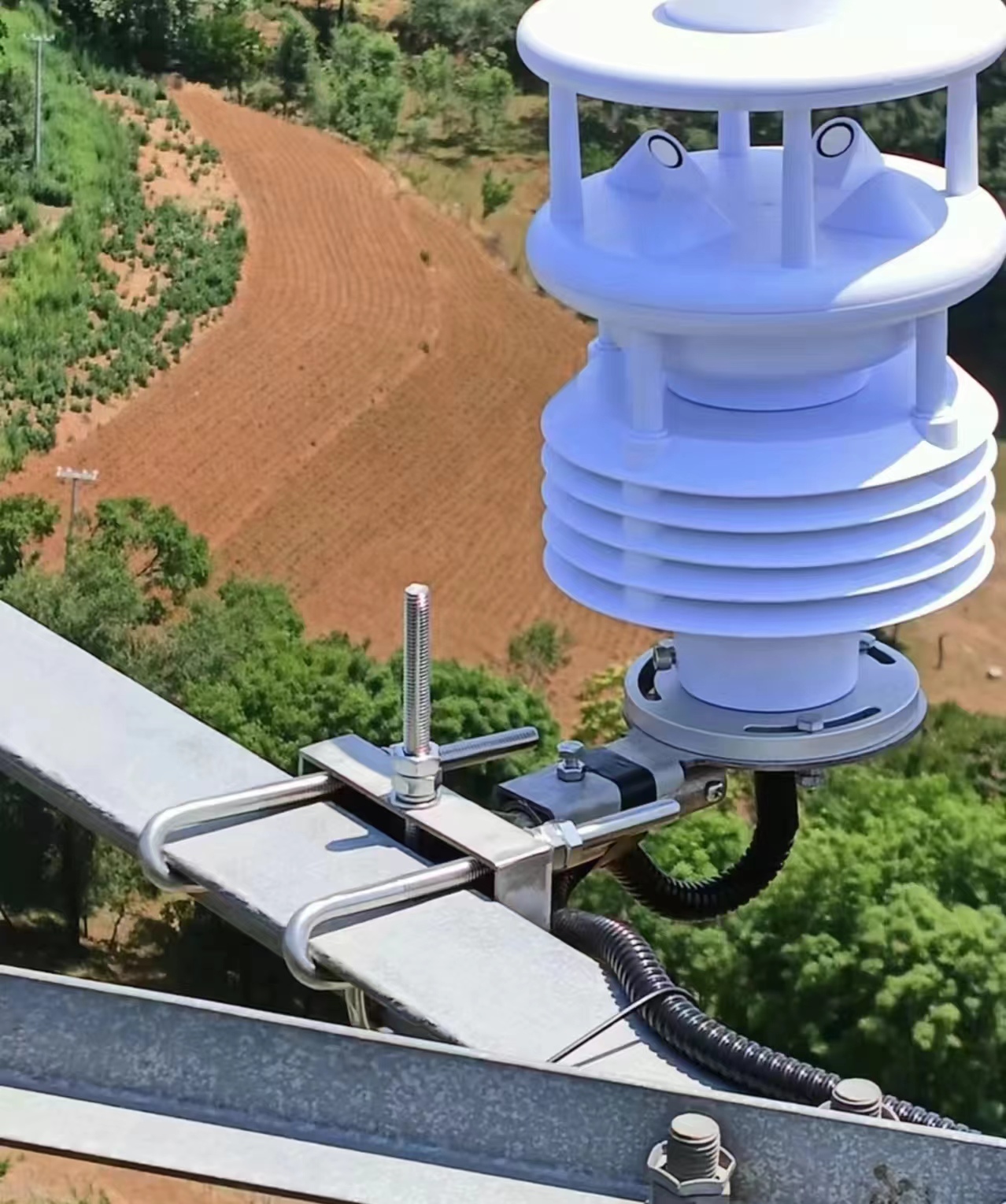With the continuous growth of electricity demand, ensuring the reliability and safety of power transmission has become an important challenge for the power industry. In this regard, the construction of meteorological stations plays a vital role. Real-time monitoring of meteorological data can help predict the impact of natural conditions on transmission lines, thereby providing a scientific basis for power operations. This article will introduce the successful case of a power company building meteorological stations along the transmission line, demonstrating its important contribution to improving transmission reliability.
A power company is responsible for power transmission in a wide area, covering multiple climate zones, and the transmission lines pass through various terrains such as mountains, valleys and forests. In view of the potential threat of natural disasters (such as blizzards, strong winds, lightning strikes, etc.) to transmission lines under different climatic conditions, the power company decided to build a series of meteorological stations along important transmission lines to monitor environmental changes in real time and ensure the safety of power transmission.
Construction and function of meteorological stations
1. Site selection and construction
The site selection of meteorological stations fully considers the relative position and climate characteristics of the transmission lines to ensure that representative meteorological data can be collected. The weather station mainly includes a variety of equipment such as wind speed and direction instruments, precipitation meters, temperature and humidity sensors, and barometers, which can monitor changes in the surrounding environment in real time.
2. Data collection and analysis
The weather station can automatically record data through advanced sensor systems and upload it to the central database through wireless networks. The data includes:
Wind speed and direction: Analyze the impact of extreme weather on transmission lines.
Temperature and humidity: Monitor the adaptability of equipment to climate change.
Precipitation: Assess the safety hazards of snowfall and rain to transmission lines.
3. Real-time warning system
The weather station is equipped with a real-time warning system. Once extreme weather conditions (such as strong winds, heavy rains, etc.) are detected, the system will immediately issue an alarm to the power operation center so that corresponding measures can be taken in time to ensure the safety and stability of the transmission line.
Successful cases
In the first year of the weather station’s operation, the power company successfully warned of multiple potential transmission failures.
1. Snowstorm incident
Before a snowstorm in winter, the weather station detected a rapid increase in wind speed and snowfall. The operation center immediately launched the emergency plan and arranged maintenance personnel to inspect and reinforce the affected transmission lines, successfully avoiding power outages caused by heavy snow.
2. Lightning risk
In the summer when lightning is frequent, the weather station recorded an increase in lightning activity, and the system issued real-time warnings and recommended lightning protection measures for related lines. Due to the maintenance measures taken in advance, the transmission line remained safe in thunderstorm weather.
3. Wind disaster impact assessment
During a strong wind weather, the wind speed data provided by the weather station helped the operator analyze the bearing capacity of the transmission line, and temporarily adjusted the power load according to the meteorological data to ensure the stability of the overall power grid.
Experience summary
During the construction of the meteorological station, the power company summarized some successful experiences:
Accuracy and real-time nature of data: The precise monitoring of the meteorological station provides effective data support for power decision-making and improves the ability to respond to emergencies.
Cross-departmental cooperation: The operation of the meteorological station involves close cooperation between the technical team, the operation and maintenance department, and meteorological experts to ensure timely transmission of information and scientific decision-making.
Continuous technology upgrade: Continuously update and upgrade sensor equipment according to actual conditions to ensure the comprehensiveness and accuracy of meteorological data.
Future Outlook
The power company plans to further expand the construction of meteorological stations in the future, and plans to set up meteorological monitoring equipment along more transmission lines to strengthen the management of power grid security. At the same time, in order to improve the overall operating efficiency, the company is also considering introducing big data and artificial intelligence technologies to conduct in-depth analysis of meteorological data, so as to predict and respond to natural disasters at an earlier stage.
Conclusion
By building meteorological stations along the transmission lines, the power company has successfully achieved effective monitoring of external environmental changes and enhanced the safety and reliability of the transmission network. This successful case provides valuable experience and reference for other power companies in the industry, and promotes the application of meteorological technology in the power field. In the future, with the continuous advancement of technology, meteorological stations will play a more important role in ensuring the safety of power transmission and the construction of smart grids.
Post time: Jan-22-2025


